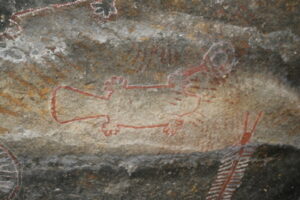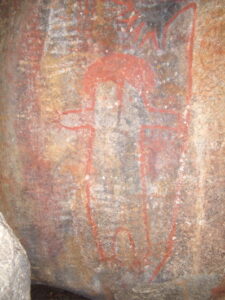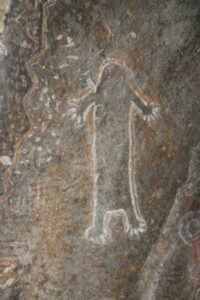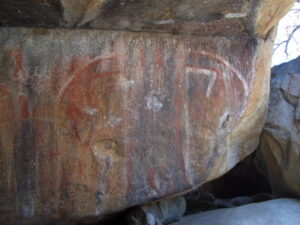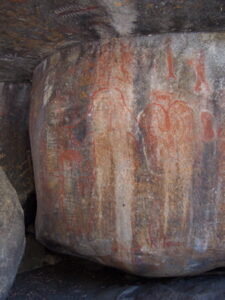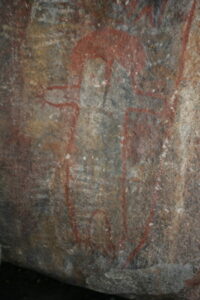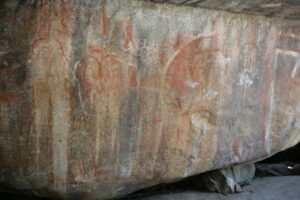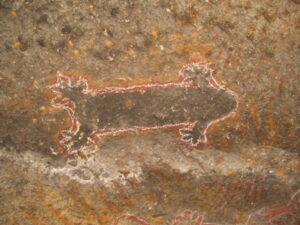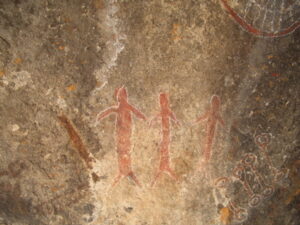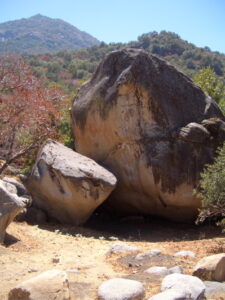Tule River Reservation
The Tule River Reservation is home to the Yokuts and is located approximately 25 miles outside Porterville, California, in Central California. Situated at the base of the Sierra Nevada Mountains and on the eastern edge of the San Joaquin Valley, the reservation encompasses a vast area of natural beauty. It was established in 1873 under an executive order from President Ulysses S. Grant and spans 91,837 acres. The Tule River, a clear-flowing stream that harbors trout and other small fish, flows through the center of the reservation, creating a picturesque setting for the Yokuts. During spring, heavy rains and snowmelt can significantly increase the river’s flow, making it swift and powerful.
A primary source of income for the Yokuts is the Eagle Mountain Casino, a modern gaming facility located within the reservation. The casino boasts 20,000 square feet of gaming space, 1,500 slot machines, 10 gaming tables, and a 450-seat Bingo Hall. Guests can also enjoy a snack bar and a buffet, making it a significant economic and social hub for the community.
One of the most notable landmarks on the Tule River Reservation is Painted Rock, a site of immense cultural and historical significance. Positioned near the river, it features pictographs—paintings of shapes and figures on rock—that are integral to Yokuts heritage. In 2005, the North America Bigfoot Search (NABS) was granted special access to the site through the office of the Tribal Chairman. A Tribal Docent accompanied the group, providing insights into the meanings and importance of the pictographs.
The pictographs at Painted Rock depict a variety of animals, including coyote, beaver, bear, frog, centipede, eagle, condor, and lizard, as well as representations of a male, female, and baby Bigfoot. These images are rendered in red, black, white, and yellow, with some estimated by Clewlow (1978) to date back to AD 500, although their age could range from AD 1 to AD 1200. According to the docent, Bigfoot—known to the Yokuts as “Mayak Data Sunsunut” or “Bigfoot the Hairy Man”—plays a critical role in the tribe’s folklore and evolution. The tribe believes Bigfoot was a protective figure, safeguarding their ancestors from predators such as coyotes, mountain lions, and grizzly bears.
NABS was permitted unlimited photography and provided a comprehensive tour of the site, capturing its beauty and cultural richness. The organization extends its gratitude to the Yokuts for their hospitality and access to this sacred location. Visitors should note that accessing Painted Rock requires special written permission from the Tribal Chairman.
